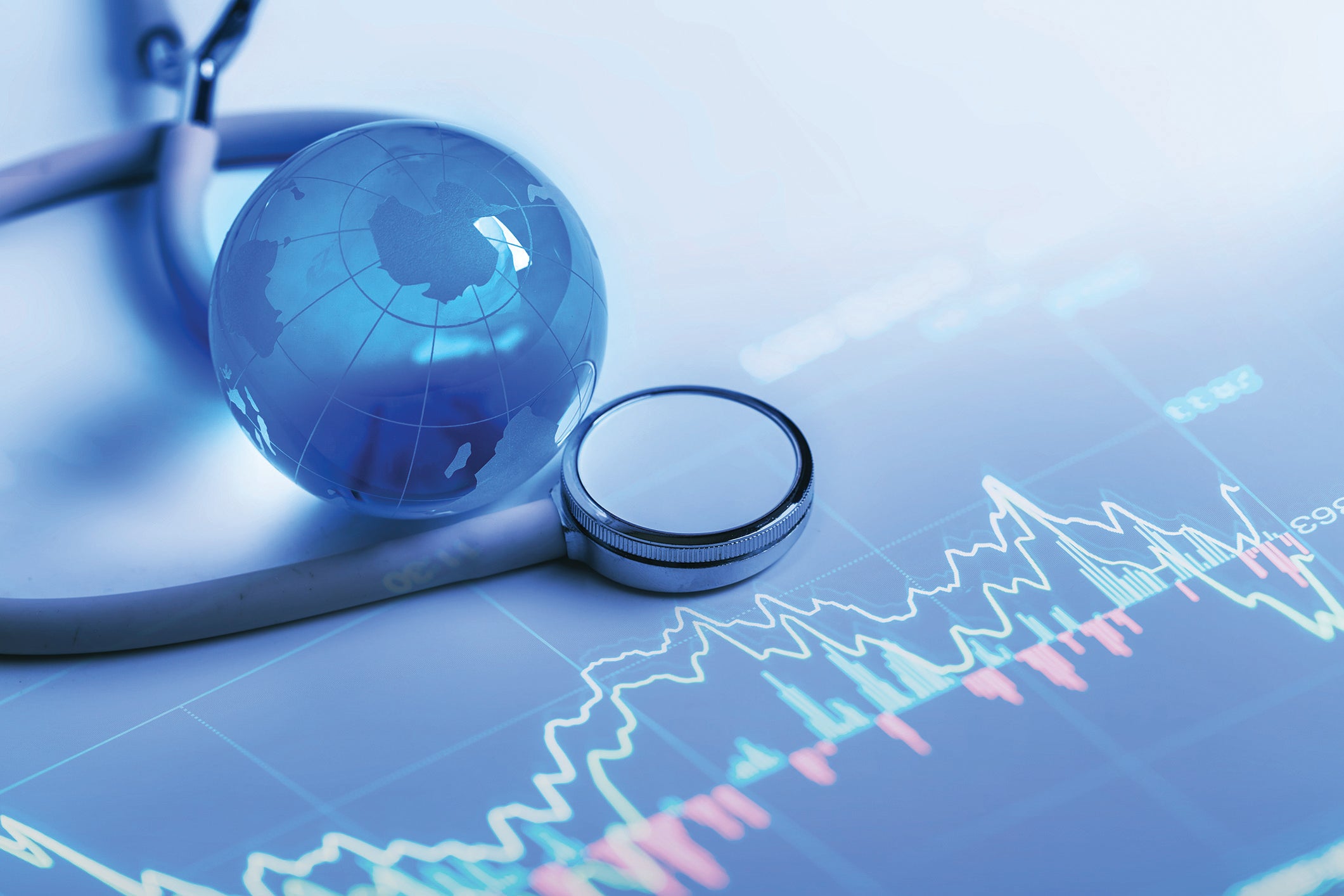
How Biosimilar Companies Can Survive an Uncertain Future
- VOLUME XX, ISSUE 8
- Executive Insights

The biosimilars market will likely favor companies with strong, relevant capabilities in biologics manufacturing, developing and commercialization. But the number of biosimilar players could contract over time if the current risk-reward ratio fails to improve.
Biosimilar companies should be looking at not just the biggest targets by sales but also where they’re exceptionally equipped to pursue molecules with less competition.
So far, pricing has driven biosimilar adoption—at least in the U.S. and E.U. A failure to preserve net prices may lead companies to take risks so they can get their products to market faster.
To be competitive, biosimilars of the future will likely need to offer a strong brand plus net economics to payers, patients and health systems. Interchangeability may become a differentiator as well.
In this Executive Insights, we ask L.E.K. Consulting Managing Directors Jonathan Kfoury and Ricardo Brau to share their perspectives on emerging biosimilar development and business strategies (as well as mistakes to avoid), and the market’s future.
It is hard to anticipate which specific archetype will be most successful, but companies with strong and relevant biologics manufacturing, developing and commercialization capabilities will likely be best-positioned to achieve and sustain leadership in the biosimilars market. We have seen companies belonging to different archetypes (e.g., Celltrion, Pfizer/Hospira, Sandoz/Novartis and Amgen) become leaders in the early days of biosimilars. In the long term, we expect companies that are committed to biosimilars to win out. As the competitive pressures mount, continued investment to drive scale, sophistication and brand trust/equity could allow biosimilar machines and bio-powerhouses to differentiate themselves with healthcare practitioners, patients and payers while maintaining reasonable margins.
Generally not beyond the six archetypes noted in a recent article (see “The Players in the Biosimilar Market: 6 Archetypes”), although the early years of market formation (particularly in the U.S.) will go a long way toward informing what the mix of viable/successful archetypes will be over the mid to longer term. Different types of players will attempt to establish durable market positioning with their respective strengths (e.g., existing relationships with physicians, pricing, brand loyalty/trust, channel strength).
In fact, it is possible that the number of biosimilar archetypes will contract over time. We have seen several biosimilar players struggle with developing costs and timelines relative to expected returns, while companies like Merck KGaA/EMD are divesting their biosimilar capabilities. If the risk-reward ratio does not improve, the number of biosimilar players may shrink over time.
To date, biosimilar adoption in the U.S. and the EU has been driven by pricing. This is not surprising given the large costs associated with branded biologics like Remicade and others.
However, it is clear that hospitals, payers and government bodies are seeking substantial discounts in order to adopt biosimilars, although the discount threshold needed is indication- and geography-dependent and different for each stakeholder. As a high-level example, Remsima (Celltrion/Orion) provided an approximately 69% discount relative to Remicade in Norway and was able to quickly capture about 80% of the market. In contrast, Hospira/Pfizer launched Inflectra at an approximately 15% discount relative to Remicade in the U.S., but Johnson & Johnson recently reported a limited impact on the sales of its branded biologic.
As anticipated, the majority of the focus for existing/emerging players is around the largest, mega-blockbuster molecules (e.g., adalimumab) losing exclusivity in the next few years, but there appears to be much less in development for the next one to two levels down of originator molecules. With the competition expected to be fierce among those largest molecules during coming years, it is becoming harder to see how newer biosimilar entrants pursuing these assets will be able to drive strong returns, especially if late to market (when prices have eroded). Competitors should be looking at not just the biggest targets by sales but also where they can leverage core/unique strengths to pursue molecules with less competition (e.g., due to manufacturing/formulation complexity, disease area focus) where they can drive an early-to-market/leading position and commensurate return profile.
A key concern is that with many companies having few tools to drive differentiation and/or competitive position, pricing and net economics will be the main levers and will potentially precipitate a reduction in prices, especially as more biosimilars for a given molecule become available. Particularly in the highest-value biosimilar markets of the U.S. and the EU, it’s important for biosimilar manufacturers to preserve net price to drive favorable molecule-level and portfolio economics. If net prices are not maintained at healthy levels, this will put a premium on being first to market, which in turn may lead companies to take risks in preclinical and clinical development to compress time-to-market timelines.
Given the specialty nature of many biosimilars, the commercial support behind them will likely need to reflect biologic brands in order to remain competitive and differentiate between one another. This is likely to be more pronounced during the launch of the first few biosimilars for a given brand — especially while stakeholders become comfortable with biosimilars in general — and includes sales forces, patient assistance programs and reimbursement support, among others. In addition, offering enhanced or additional formulations (e.g., subcutaneous) and device technologies will be areas in which biosimilar manufacturers can differentiate to some extent. However, net economics to payers, patients and health systems are still expected to carry the day.
Ultimately, achieving interchangeability could be a major differentiator for biosimilar manufacturers. This would drive volumes and reduce the need for commercial activities. Although the FDA has provided guidance on the requirements to achieve interchangeability, these may vary across products. Nevertheless, several manufacturers are conducting studies to demonstrate that patient treatment is not impacted by switching between brands and biosimilars at any point during treatment.